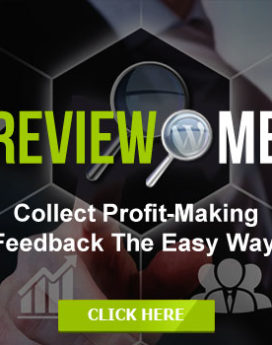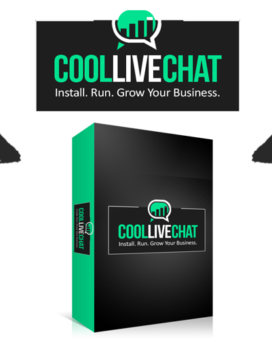Product Description

You may always heard from many successful entrepreneurs and marketers that Goal Setting is one of the most important to scale your success. The thing is that, there were many people has this Goal Setting misconception that this can only be done on their minds to attract. The fact is that you can do it on your paper as well to track down your progress along the way of getting your goal.
Never Ending Ideas for Your Audience Building
1. Fine-tune Keywords and Buzz Words –
Make it easy for your audience to find your content. Check your keywords to make sure you are using the “standard” keywords as well as new “buzz” words that your audience uses to find your content.
2. Guest Post –
Offer to contribute content (related to your niche) to an established site, which has the same or a similar audience. This can increase your readership, as well as provide another quality resource for your current readers. When done correctly, both sites profit.
3. Get Subscribers and More –
Build your traffic but convert those visiting readers into subscribers and more. Offer freebies and solutions that only subscribers can access. Then use your list to convert them to buyers.
4. Tap into Different Modalities –
Different types of content attract specific people. Implement a variety of content so you have something for everyone. Create content and freebies that appeal to people who like to read and write, listen and talk, look at images, watch videos, interact at live or semi-live events, etc. Then focus on the most popular types.
5. Focus on Social Media Specialty –
Each social media platform specializes in a certain type of content. For instance, Twitter is known for short messages and Pinterest specializes in images. Create campaigns and/or content that focuses on the site’s media “specialty.”
6. Add Website “Like” or “Share” Buttons –
Make it easy for your readers to like or share your website content with interested friends. Use WordPress plugins like AddToAny or others that meet your needs. Not using WordPress? Check each social media site to get compatible code or software recommendations for your website platform or CMS.
7. Promote to the Right Audiences –
On social media platforms, like Facebook, you can target your messages and your ads to be seen only by the “right audience.” Use their demographic information, such as age, location, gender, etc., to create highly focused offers and content for audience subsets.
8. Create Facebook Groups –
Facebook groups generally reach more people than pages do. Groups allow you to interact through your personal profile, yet focus on industry related topics. This helps your audience get to know (and trust) you on a personal level while keeping the topics relative to the audience’s needs. Make more than one group if you have audience subsets with different needs.
9. Find Your Audience on Social Media –
Discover which social media sites you should focus on by asking your audience. The answers can change over time. Email the question to your list, create a poll on your site, and/or write a post about some statistics you found and ask what social media platforms your readers use. Don’t let this poll expire to continue to get info over time. Track and test the results by using the platforms and noting the audience participation rate.
And Much More…










